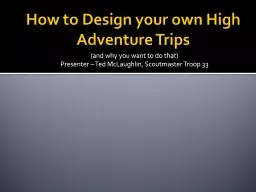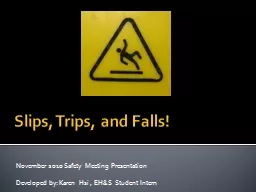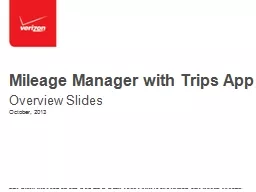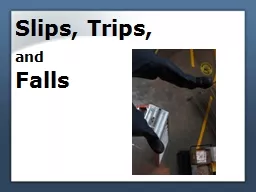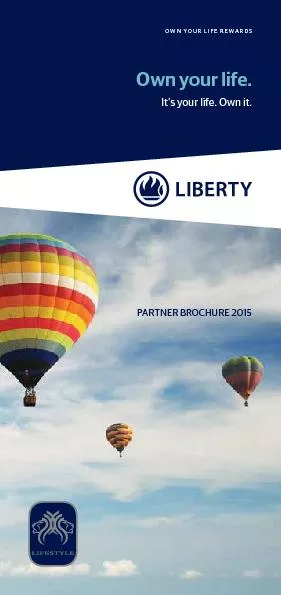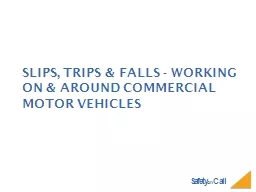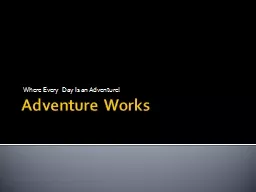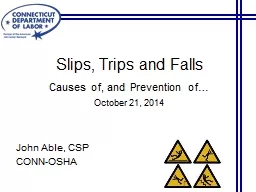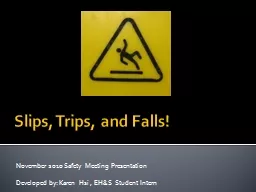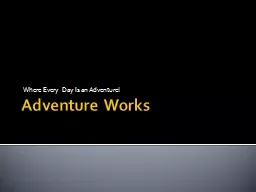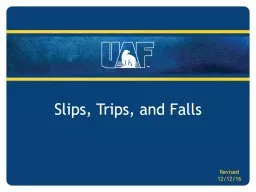PPT-How to Design your own High Adventure Trips
Author : alida-meadow | Published Date : 2017-07-09
and why you want to do that Presenter Ted McLaughlin Scoutmaster Troop 33 Why am I doing this class Because I want to have more TroopsCrews have the kind of adventures
Presentation Embed Code
Download Presentation
Download Presentation The PPT/PDF document "How to Design your own High Adventure Tr..." is the property of its rightful owner. Permission is granted to download and print the materials on this website for personal, non-commercial use only, and to display it on your personal computer provided you do not modify the materials and that you retain all copyright notices contained in the materials. By downloading content from our website, you accept the terms of this agreement.
How to Design your own High Adventure Trips: Transcript
Download Rules Of Document
"How to Design your own High Adventure Trips"The content belongs to its owner. You may download and print it for personal use, without modification, and keep all copyright notices. By downloading, you agree to these terms.
Related Documents

